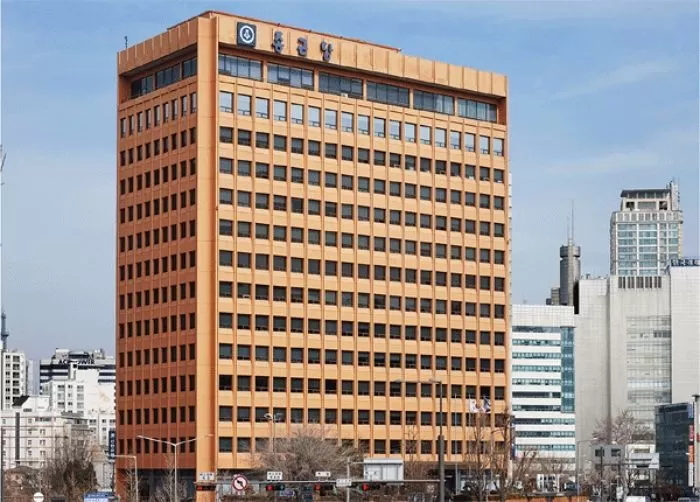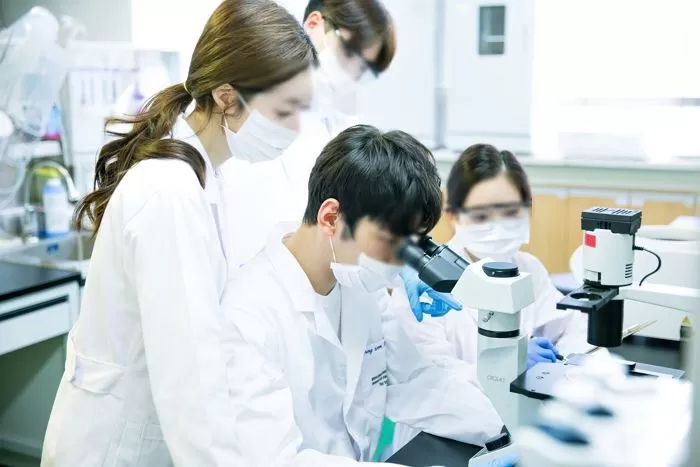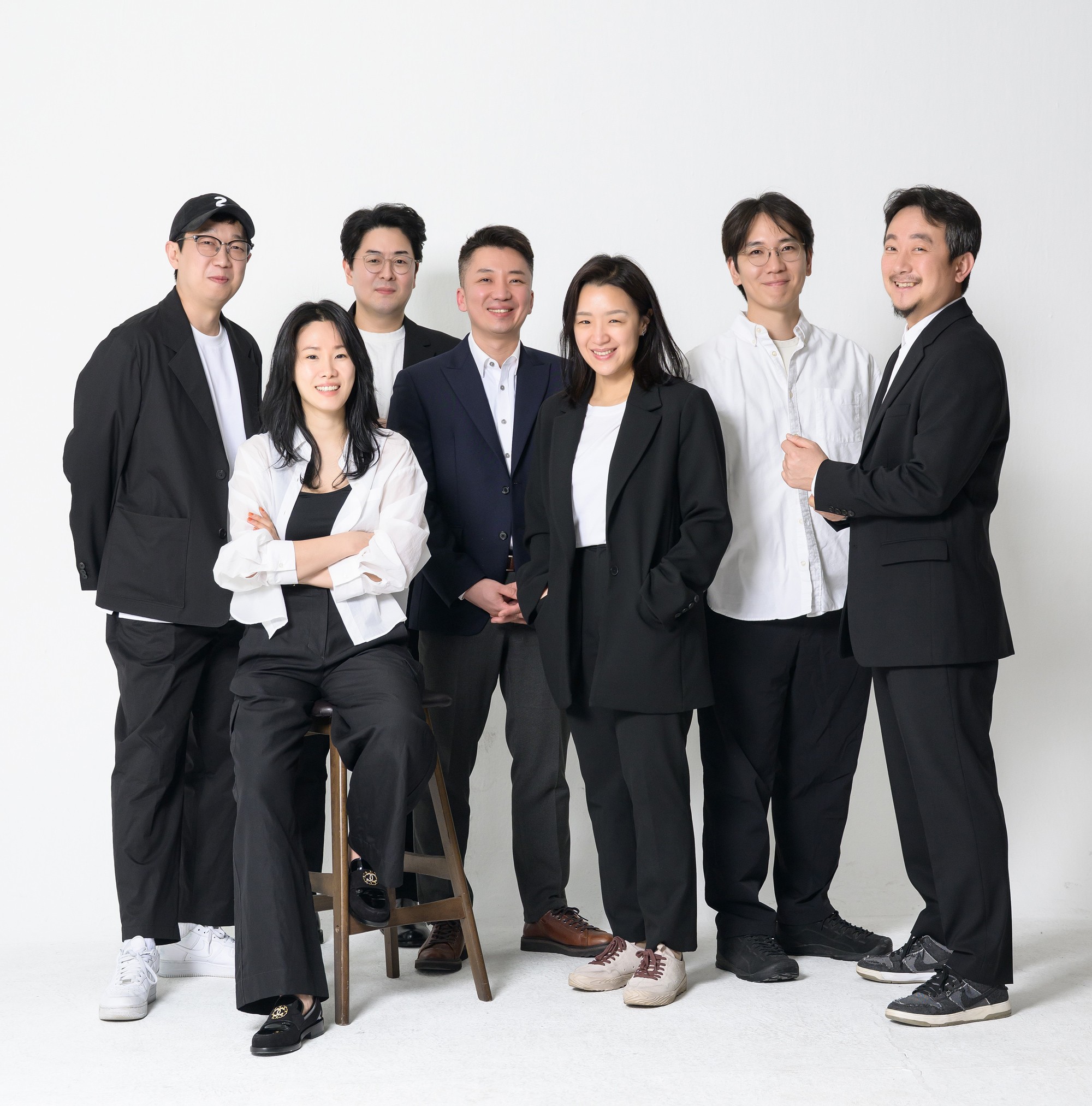High-earning items see major pharmaceutical companies entering… The Chinese market becomes a battleground
The competitive landscape surrounding the domestic botulinum toxin market is undergoing a rapid transformation. As major pharmaceutical companies like Chong Kun Dang Group and GC Green Cross Group join the previously established 'three strong system' led by Hugel, Daewoong Pharmaceutical, and Medytox, the dynamics are being shaken.
Beyond simple domestic competition, fierce contests in the global market, including China, are also expected.
According to the pharmaceutical and bio industry on the 16th, the total number of botulinum toxin products approved by the Ministry of Food and Drug Safety is currently 32, with 15 manufacturers.

In recent years, the toxin market has been dominated by three companies: Hugel's 'Botulax', Daewoong Pharmaceutical's 'Nabota', and Medytox's 'Meditoxin'. However, top pharmaceutical companies such as Chong Kun Dang Bio and GC Green Cross Lab Cell are entering as latecomers, intensifying competition.
Toxins are known to be highly profitable. Toxin treatments are classified as high-value medical services for wrinkle improvement and beauty purposes, with a high unit price. As demand for anti-aging increases, competition over botulinum toxin is becoming increasingly fierce.
Chong Kun Dang Bio targets the global market with non-animal products.
On the 1st of this month, Chong Kun Dang Bio obtained product approval for its self-developed 'TM-Botulism Injection 100 units' from the Ministry of Food and Drug Safety. The product is indicated for improvement of glabellar lines and employs a non-animal process, excluding animal-derived raw materials. This approach mitigates concerns over blood-borne infections and significantly reduces the possibility of allergenicity.

The development of Chong Kun Dang Bio's toxin began in 2019 with a licensing agreement with a European research institution, culminating in the completion of domestic phase 3 clinical trials in 2023.
Before finishing clinical trials, they secured approval for export products (100 and 200 units), and are currently exporting to Japan, Hong Kong, and Russia. Notably, the strain used in the toxin has been formally registered in the U.S. NCBI genome database 'GenBank', which alleviates concerns over patent disputes.
Chong Kun Dang has experience distributing toxins from Hugel in the past and currently from Huons in the domestic market, giving them an advantage in domestic distribution networks. However, this product primarily targets the Chinese market.
In 2022, they signed a long-term supply contract for 15 years with the Chinese biotech company Qutai Therapeutics and are currently undergoing the Chinese government's product approval process. Once approved, product supply to Macau and Taiwan will also become possible.

The Chinese toxin market grows 25% annually… "Opportunities exist for latecomers"
Meanwhile, China is one of the world’s top four toxin markets along with the U.S., Europe, and Canada. Until last year, only a few companies monopolized the market, but recently, the Chinese authorities have been approving new toxin products consecutively, lowering market barriers.
According to market research firm Frost & Sullivan, the Chinese toxin market is estimated to be approximately 12.6 billion yuan (about 2.4 trillion won) this year, with an average annual growth rate of 25.4%. By 2030, it is projected to reach about 39 billion yuan (about 7.4 trillion won). This represents more than half of the global toxin market (about 14 trillion won), underscoring the strategic importance of the Chinese market. Due to local characteristics, there is also a significant amount of informal distribution, leading to analyses suggesting that the actual market size may be even larger.
An industry official stated, “The domestic market has already reached saturation, and many companies are expanding their production capacity,” adding, “Going forward, entering the Chinese market, which has massive demand, has become essentially a prerequisite for survival.”
Image source: Reference images for article understanding / gettyimagesbank, Chong Kun Dang Headquarters / Photo provided by Chong Kun Dang


